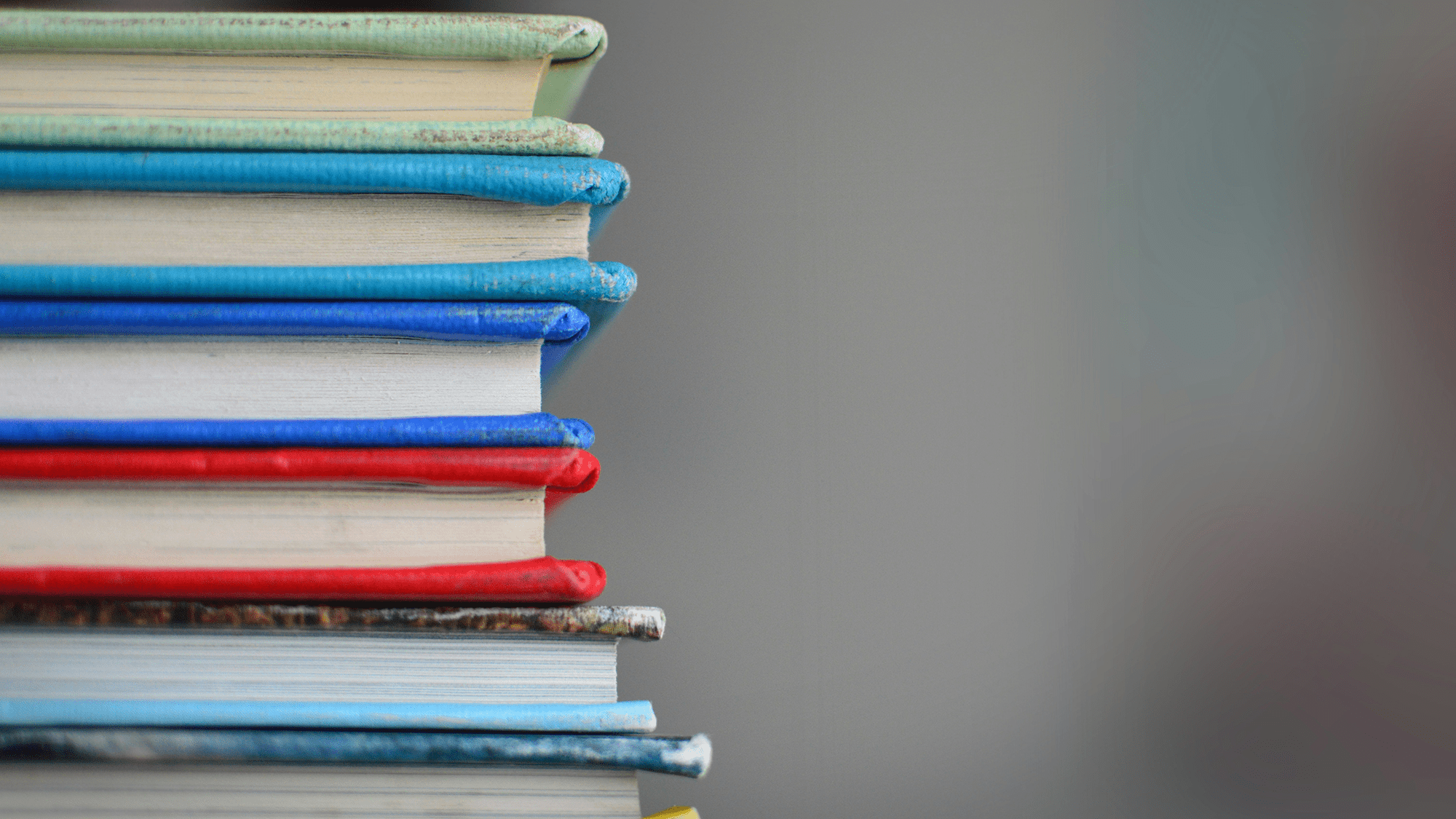Graduate Student Research Conference (GSRC)
A Tradition of Student Leadership
The Graduate Student Research Conference (GSRC) has been a cornerstone of the Ontario Institute for Studies in Education's community for over 20 years, organized by graduate students, for graduate students. This conference serves as a platform to showcase innovative research from diverse fields within education, providing a unique opportunity for students to engage with peers, academics, and professionals. It fosters a culture of research excellence, inclusivity, and social responsibility.
Support and Sponsorship
We are proud to partner with the OISE Dean's Office in supporting this event. Their continued commitment to advancing graduate students’ experiences ensures the GSRC remains a premier venue for meaningful academic exchange.
Upcoming Graduate Student Research Conference
United by Diversity
Researchers, graduate students at all stages of their research, practitioners, and artists, we eagerly encourage you to take part in GSRC 2025 with your innovative, ground-breaking, and thought-provoking work. Join us in redefining the future of education through novel ideas as we come together to foster change and build a more just, diverse, and inclusive learning environment for all.

Why Attend the GSRC?
The GSRC is more than an academic event; it’s a transformative space for addressing critical educational issues and promoting social change.
By attending the Graduate Student Research Conference, you will:
Gain insights from diverse perspectives in education.
Participate in discussions that challenge the status quo
Contribute to the growth of educational practices and policies
Connect with a network of professionals, mentors, and peers
Key Goals of GSRC
1. Promote Inclusivity and Collaboration
We provide an interdisciplinary environment for students, academics, and practitioners to collaborate and share insights across diverse perspectives.
2. Facilitate Interdisciplinary Dialogue
The GSRC encourages discussions across various education disciplines, fostering innovative solutions to complex challenges in the field.
3. Showcase Student Research
As a student-led event, we prioritize the presentation of graduate student research, offering opportunities for feedback and professional development.
4. Engage in Critical Conversations
We tackle important issues such as equity, access, inclusion, and social justice, driving impactful dialogues that shape the future of education.
5. Offer Networking Opportunities
Attendees can network with peers, faculty, and experts, creating opportunities for academic collaboration and career advancement.
6. Support Professional Development
Through workshops and roundtable discussions, we help students build valuable skills in research, presenting, and career development.
7. Elevate Underrepresented Voices
The GSRC highlights research by students exploring issues related to race, gender, disability, and other identities, ensuring diverse voices are central to the discourse.
8. Encourage Real-World Impact
We promote research that offers practical solutions to current educational challenges, with the potential to influence policy and practices.
9. Foster a Supportive Community
The GSRC creates an empowering environment for students to share ideas, challenges, and successes, building a sense of community.
10. Cultivate Lifelong Learning
We encourage ongoing academic growth by showcasing emerging trends and innovations in education, inspiring continued learning beyond the conference.
